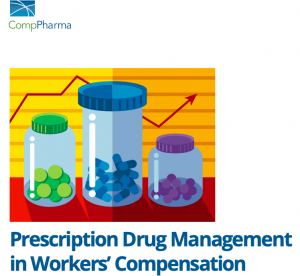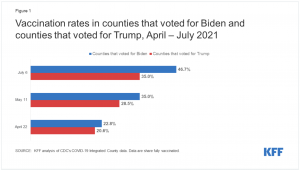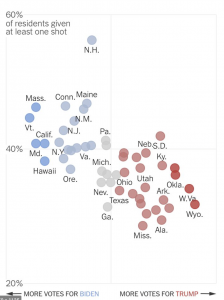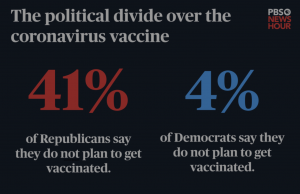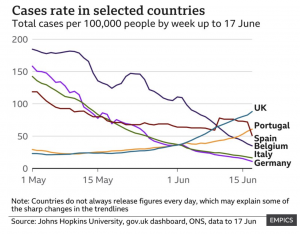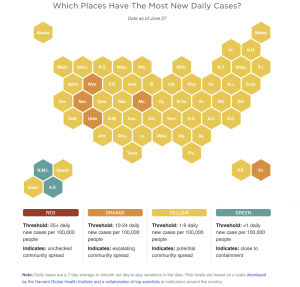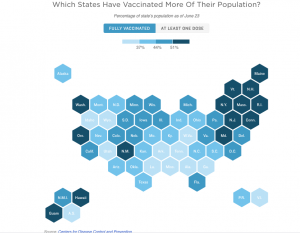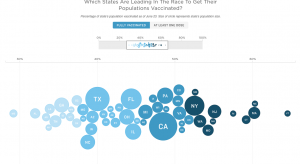IWP has been a pain in the butt for work comp payers for years. The company’s business model is predicated on getting prescribing doctors and claimant attorneys to have their patients/clients get their meds from IWP.
There are a bunch of potential issues with this, including:
- there’s no opportunity for the payer to prevent an inappropriate or even dangerous script;
- clinical management may be significantly compromised;
- prices can much higher than a similar medication at a retail drug store; and
- IWP’s billing creates huge headaches for adjusters, clinical managers, bill processors.
While IWP has claimed it manages the clinical aspects of drugs, it also paid $11 million to settle charges filed in Massachusetts ; Attorney General Maura Healey said:
“They [IWP] dispensed thousands of prescriptions for dangerous drugs, including opioids like fentanyl, with a shocking lack of regard for whether those prescriptions were legitimate,”
WorkCompCentral’s William Rabb wrote an excellent summary of the MA case here; Rabb noted IWP allegedly “paid referral fees to doctors, claimants’ attorneys and others in exchange for the names of injured workers who were candidates for pain medication…” [I also mentioned this here.]
Just last month, Business Insurance reported Bridgewater, Massachusetts-based Keches Law Group P.C.:
admitted in a consent judgment filed in Suffolk Superior Court that it referred about 800 of its clients and potential clients to Injured Workers Pharmacy LLC to fill prescriptions in exchange for about $90,000,
Keches allegedly entered into two agreements with IWP in which the pharmacy paid for the firm to participate in an X1 racing event and a yacht outing, and picked up the $24,000 tab for a holiday lunch in exchange for referrals, according to court documents.
A Louisiana case involving a $13,111 bill submitted by IWP provided other insights into IWP; according to the article in WorkCompCentral an attorney for IWP’s opponent “said claimants attorneys like to use OWP because they know it will inflate drug prices, thus increasing the value of medical benefits and, as a result, their own fees, which are 20% of benefits awarded.”
While some payers in some states have successfully challenged IWP’s demands for payment, overall the company has more often than not gotten paid for scripts it claims were dispensed to claimants – and in some cases won legal judgments to that effect.
At some point its owner will want to sell and move on. The question is, who will buy it?
I don’t see a PBM buying IWP; the PBM’s clients would likely not be pleased, unless the PBM promised to reform things.
But – and its a really big BUT – if the PBM, or any other buyer for that matter, substantially changed IWP’s business model to make it more “payer friendly” that may well reduce IWP’s cash flow and profits. IWP’s owners’ expectations for a sale price would be based on IWP’s earnings – earnings that may well suffer if the business model changes.
Then there’s the company’s legal history; investors hate potential future legal problems almost as much as a business model that isn’t sustainable [not saying IWP’s isn’t, but not if a PBM buys it]. Given the most recent legal situation was just last month, any buyer is going to be very very careful.
Most PE firms look to exit and make 3+ times their original investment. That looks to be a very heavy lift. Of course, IWP could change its business model to be more payer friendly and a bit less…enthusiastic about compensating docs and attorneys. But any move like this would take a lot of time, require extremely careful planning and execution, and is not guaranteed to preserve profits.
What’s weird about this is CEO Michael Gavin was a good friend, someone I liked, admired and respected. I haven’t spoken with Michael in years…it would be awkward at best.
What does this mean for you?
Be wary of business models that work until they don’t.


